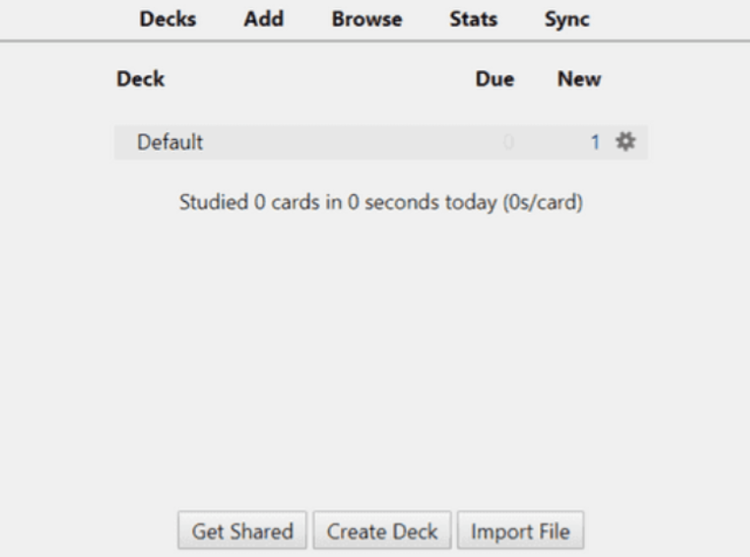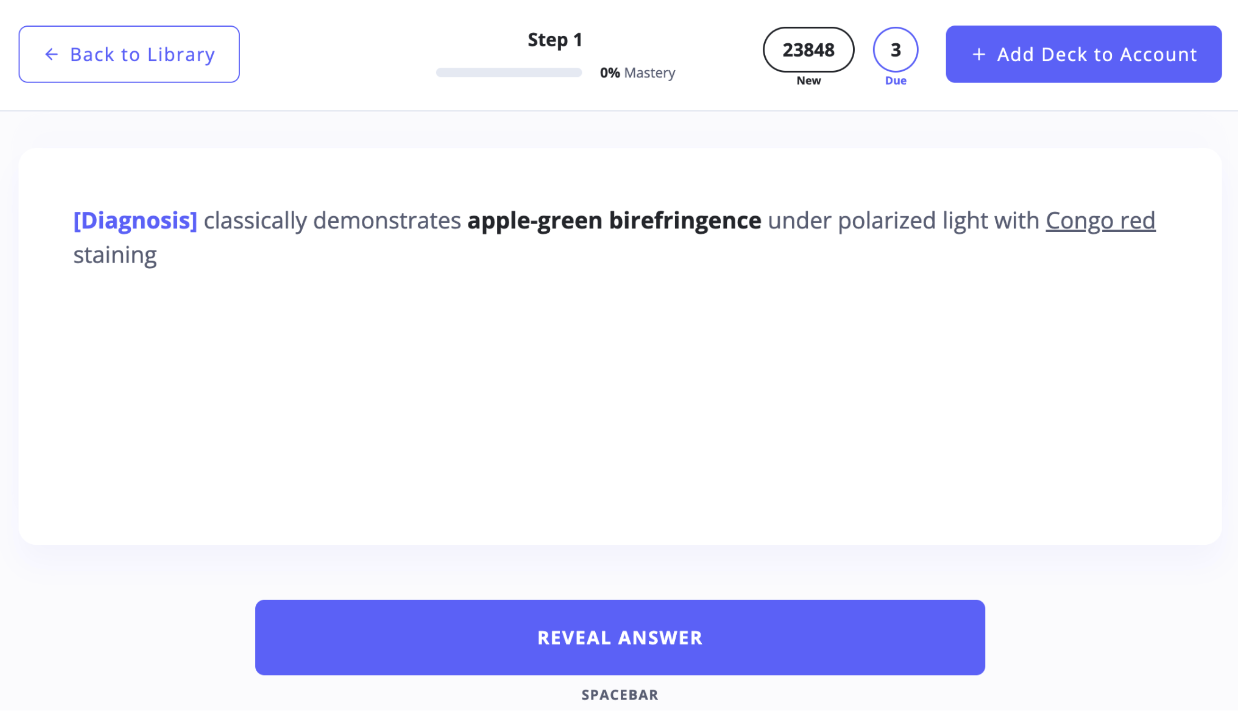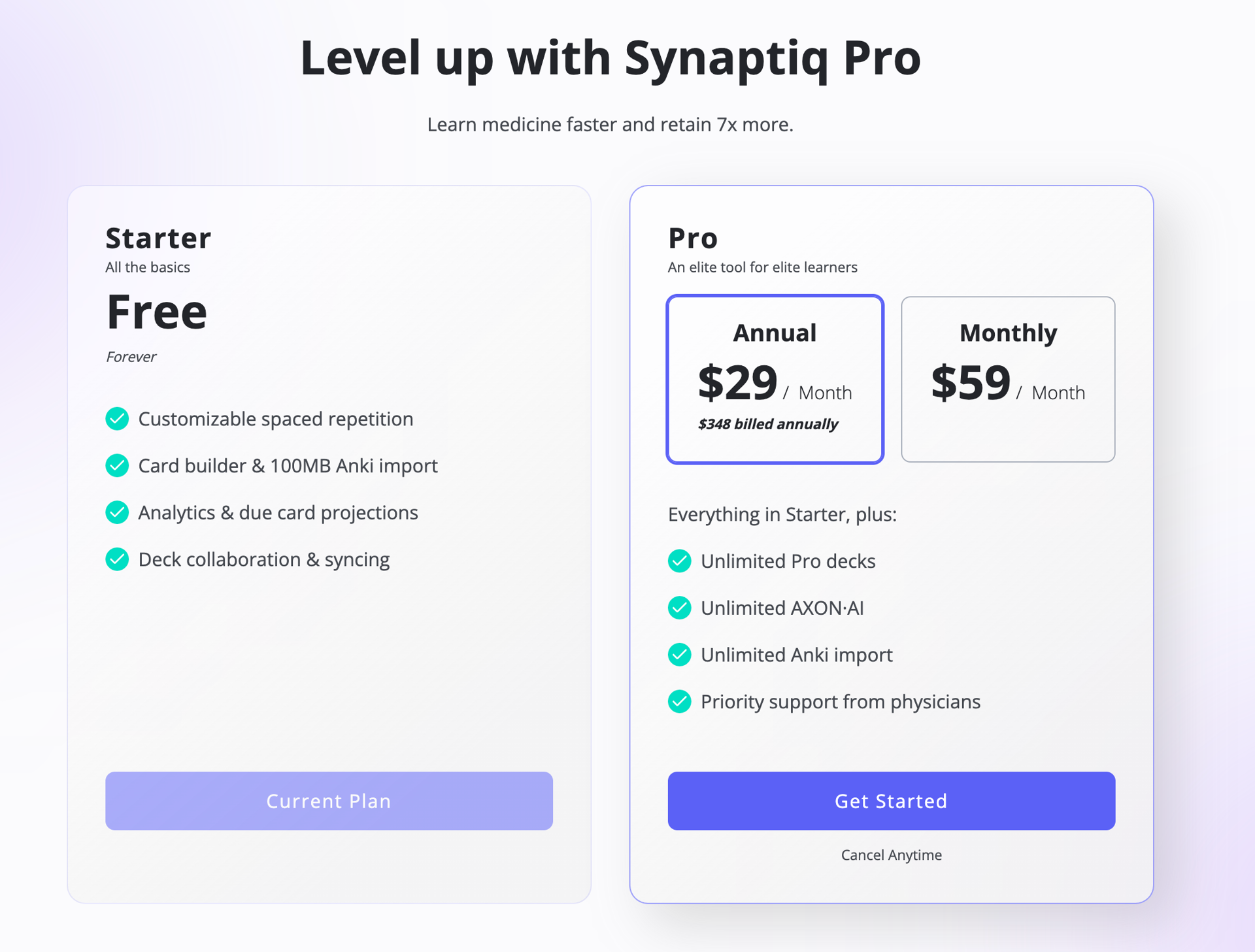Anki vs Synaptiq: Which is better for med students?
Learn the differences between Synaptiq and Anki and what we recommend for med students.
Resources
Anki has no doubt been the gold standard for years when it comes to flashcards. With add-ons, premed decks from people like AnKing, and the best price of $free.99, it’s obvious why people love it so much.
But, now there is a lot of hype around Synaptiq.
Even though Synaptiq has only recently appeared, med students are already picking sides. Upperclassmen aren’t ready to turn their back on Anki, which helped them with Step 1 and Step 2, while new MS1s appreciate the custom decks made for each med school block.
We want to help you understand the differences between Anki and Synaptiq and ultimately finish with our recommendations on what you should use in med school.
This guide discusses:
- User experience and interface
- Grammar
- Ease of getting started
- Good news
- Content quality ← most important
- 3rd party content integration
- Price
User experience and interface:
Every med student’s initial impression is always, “Is this the thing everyone has been hyping up?” It’s plain and looks like was made in 2002.
Only after watching some YouTube videos and asking friends for help does the interface turn into something more pleasing to the eye. However, once you get comfortable with changing the background and the Anki addons, the customizability is comforting.
Synaptiq definitely does not have this problem for first-time users. Its sleek, modern interface is much more pleasing to the untrained eye.
Synapti> Anki for user experience and interface.
Is it a verb?
Anki: I’m gonna go Anki. Anki-ing is so tiring. Yes.
Synaptiq: Gotta go Synaptiq before I sleep. I love Synaptiqqing? Synaptiking? Synaptic? No.
Anki > Synaptiq for verb tense.
Ease of getting started:
Synaptiq comes with premade decks. And, honestly, this is one of the things Synaptiq is banking on. One of the points they try to make in their marketing is that studying is enough work, let us make the cards for you.
But, the majority of students in med school are already using premade Anki decks.
The only thing with Anki is that when you are first getting started you run into trouble. Most students end up trying to make their own cards, make bad cards, give up on Anki, get a bad grade, search Reddit for the best Anki decks, and ultimately have a friend help set it up.
Given the interface and how easy it is to pick a deck with Synaptiq, Synaptiq is better than Anki for beginners.
Synaptiq > Anki for ease of getting started.
Wonderful disclaimer:
We have good news. The Anki Remote works with both Synaptiq and Anki. If you want to use your Anki Remote with Synaptiq, use this quick guide to learn how.
If you don’t have an Anki Remote, you should consider getting one. It will help you study faster and focus for longer all while being more comfortable.
Content quality (most important factor):
Now, this is where experience and marination time make a difference. Med students have perfected the Anki decks for studying for shelf exams, Step 1, and Step 2. When someone does not do as well on these exams, it is rarely due to a lack of resources or information availability.
On the other hand, Synaptiq has not been tried and tested for these exams yet. While the cards are good and cover similar content to the AnKing decks, there is nothing that makes them clearly stand out as a better option when it comes to content.
Ultimately, med students care about scores. For med students to jump ship from Anki to Synaptiq when it comes to studying for Step 1, Step 2, or shelf exams, Synaptiq can’t be a little better. It has to be way better.
If you don’t take anything else away, remember this: no med student wants to risk their career for a new way to do flashcards.
Med students have done only Anki and UWorld and still aced big exams. Synaptiq has a big hill to climb.
Anki >> Syanptiq when it comes to content quality (for now).
3rd party content integration
One of the most important reasons Anki has been so successful is that it integrates content that students see in the most popular 3rd party resources like Sketchy, Boards & Beyond, Pathoma, and OnlineMedEd.
This allows students more easily retain and hone information from these other resources. "Oh yeah, the snowman from the Lithium Sketchy video"
However, Synaptiq currently has does not have these reminders in the cards. This disconnects the various resources and makes it more work to actually study.
This might be one of the biggest challenges for Synaptiq.
Anki >>> Synaptiq for retaining and integrating 3rd party resource content.
Pricing
Anki: Free. Here are the best Anki decks for med students
Synaptiq: Pricy. While there is a free version, it is more to get used to the software than to actually study.
- Either $59/mo or $348/yr
This is the pricing as of July 15th, 2023:
The reality is that medical students often pay more than this for other 3rd party resources. However, they do this because the return on investment is so obvious. It still isn't clear with Synaptiq.
Anki >>> Synaptiq for price.
Recommendations:
Our recommendations for Synaptiq vs Anki are listed below:
- Unless you have a money tree in your backyard, it does not make sense to use Synaptiq. Honestly, even if you have a money tree, it probably still isn't worth it. Yet.
- While we would love to recommend this to new med students just starting their habit of using flashcards daily due to its ease of use, it just doesn't compare to the free Anki decks available.
- Most importantly, don’t leave your home without your Anki Remote.
I absolutely love my anki remote, it makes the mountain of cards go by way faster! I seriously don't leave my house without it. It makes reviewing cards much more enjoyable and efficient. Cheyanne Dizon ⭐️⭐️⭐️⭐️⭐️
Product
Copyright © 2025 Study Tools LLC (Anki Remote). All rights reserve. Anki Remote is independent and not endorsed, sponsored, or affiliated with Ankitects Pty Ltd or Ankiweb. Any mention of Anki is solely for descriptive purposes, and no endorsement or sponsorship by Ankitects Pty Ltd is implied. Anki is a registered trademark of Ankitects Pty Ltd.



